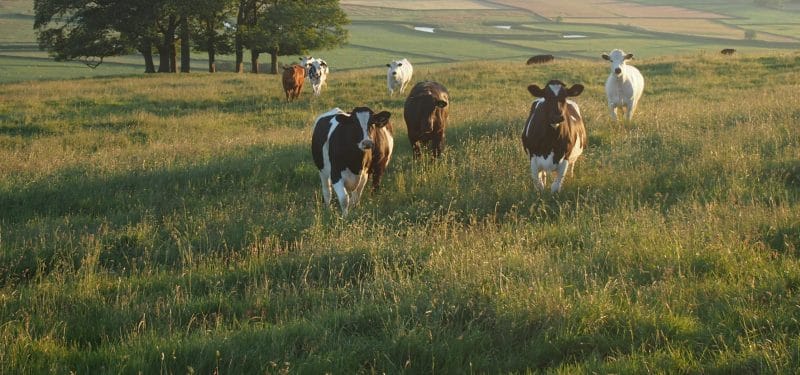Solution provider

Population growth, food demand and climate change are major challenges. Food production impacts the climate and, as a result, new and innovative solutions are needed, if we are to satisfy the rising global demand for food, while considering the climate challenges the world is facing.










